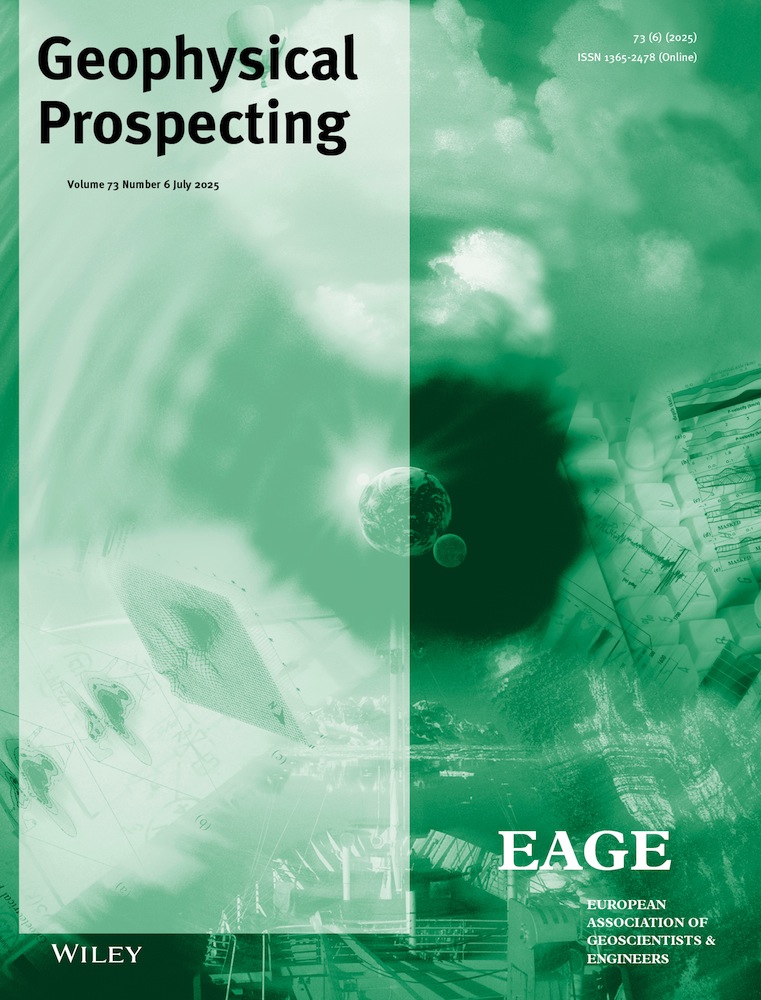Connect Geophysical Data Interpretation and Geology Through Inversion for Anisotropic Magnetic Susceptibility
Funding: This work was partially supported by the industry consortium “Geo-Multiphysics Research Consortium” (GMRC) at the Colorado School of Mines.
ABSTRACT
Anisotropic magnetic susceptibility, as an intrinsic property that records the strain history a rock formation experienced, has been widely used in structural geological studies based on direct specimen measurements. By comparing measurements of anisotropic parameters on drill samples from different locations, rock formations can be differentiated into different or the same groups. However, the applications of anisotropic magnetic susceptibility in geophysical data interpretation are rare due to its complexity in inverse problems, despite its long-recognized influence on induced magnetization. In this work, we present a one-dimensional inversion algorithm that simultaneously recovers two principal susceptibility components. To connect geophysical data with geology differentiation through different anisotropies, the inversion is constrained by fuzzy C-means clustering to enforce coherency in the parameter space for model values within the same rock formation. Under the assumption of a sedimentary scenario, the synthetic tests show that, when the data are influenced by anisotropy, the inversion for an isotropic model could fail to reproduce the data, while inverting for an anisotropic model with clustering can lead to better data recovery and produce valuable information about different formations. We also test our method with field data published by the United States Geological Survey over the Wyoming Salient. The inversion results and their comparison against geochronological records reveal connections between airborne magnetic data and geology, including structures and rock formations originating from different geologic ages.
Open Research
Data Availability Statement
All data used in this work can be found in the public domain. The aeromagnetic dataset can be found at https://mrdata.usgs.gov/magnetic/show-survey.php?id=Preston. The geologic age information of Wyoming State can be found at https://pubs.usgs.gov/publication/ofr20051351. The geologic age information of Idaho State can be found at https://www.idahogeology.org/maps-pubs-data/state-geologic-map.




